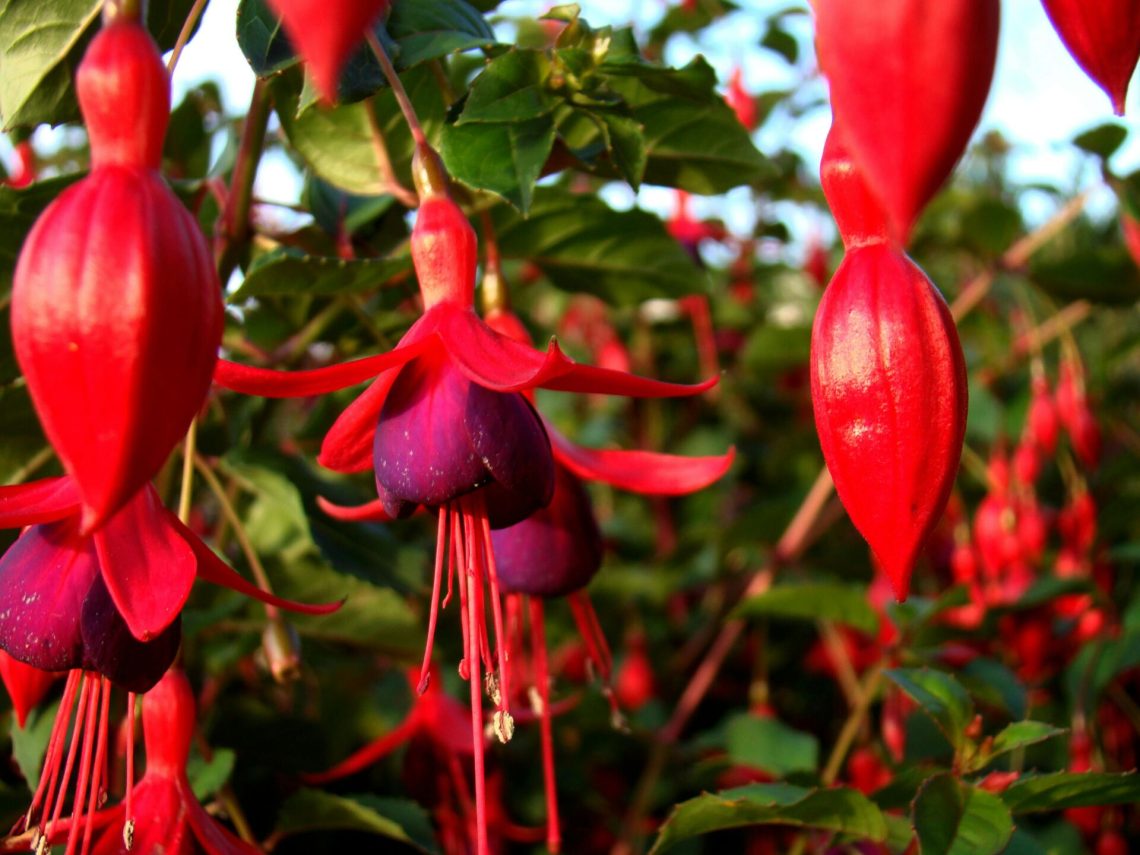Colours have a remarkable effect on how we feel. From subtle shifts in energy to more profound emotional impacts, our surroundings, especially the colours we interact with, play a key role in our mental state. Whether through interior design, fashion, or even digital spaces, the colours we choose influence our mood, often without us even realizing it.
Among the boldest and most eye-catching hues is fuchsia, a colour that has a unique blend of energy and sophistication. Known for its striking balance between pink and purple, fuchsia isn’t just a colour that commands attention—it brings vibrancy and a sense of warmth wherever it appears. Understanding how to incorporate this vivid shade into your daily life can help you make subtle yet significant changes to your emotional well-being.
The Psychology of Fuchsia
Fuchsia, a combination of red and purple tones, brings together the best of both colours. Red is widely associated with energy, passion, and action, while purple often symbolizes creativity, luxury, and spirituality. When merged, these colours create a hue that stimulates excitement and imagination, while still maintaining a sense of balance. According to colour psychology experts, fuchsia can enhance positive moods, boost creativity, and even foster feelings of empowerment.
One of the key reasons fuchsia works so well in lifting moods is its vibrancy. Studies suggest that brighter colours, such as fuchsia, tend to stimulate the brain and heighten awareness. This can make the colour ideal for spaces where you need energy, such as home offices or social areas. In contrast, darker colours are known to have more calming or even sombre effects. If you’re curious about how to start, the fuchsia colour code guide from Adobe offers a great foundation to explore its full potential. Incorporating fuchsia into areas of your life where creativity and energy are needed most may lead to increased motivation and focus.
However, it’s important to strike a balance; too much bold colour can be overwhelming. Using it in moderation—such as in accents or accessories—can offer just the right amount of stimulation without being overpowering.
Fuchsia in Fashion
Fashion is one of the easiest and most impactful ways to integrate colour into your daily life, and fuchsia has made a resurgence in recent years. Known for its bold, lively appearance, fuchsia is often seen on runways and red carpets, symbolizing confidence and individuality. When worn, this colour makes a strong statement, instantly drawing attention while simultaneously exuding creativity and sophistication.
But what makes fuchsia particularly interesting in fashion is how versatile it can be. Whether you’re incorporating it into an entire outfit or just as an accent piece—like a scarf, handbag, or pair of shoes—the colour manages to stand out without overwhelming your look. In fact, fuchsia pairs beautifully with neutral tones like grey, black, or white, allowing it to shine without feeling out of place.
Moreover, according to trend forecasts, colours like fuchsia are gaining popularity in both casual and formal wear as more people are drawn to its lively and invigorating qualities. Psychologically, wearing brighter colours like fuchsia can elevate your mood and even boost your self-confidence.
Given its ability to stand out, wearing fuchsia can be a way to express creativity, individuality, and a touch of boldness in an otherwise understated wardrobe.
Fuchsia in Interior Design: Creating Vibrant Spaces
When it comes to home décor, colour plays an essential role in setting the mood of a room. Fuchsia, with its bright and energetic tone, is an excellent choice for adding vibrancy to spaces that need a bit of life. Whether through accent walls, furniture, or small décor pieces like cushions and rugs, fuchsia can inject an air of warmth and energy into your home. Research suggests that the colours in your environment can influence how you feel on a daily basis. Lighter, warmer colours, like fuchsia, are known to evoke feelings of happiness and enthusiasm, making them ideal for living rooms, creative spaces, or children’s rooms. The key to using fuchsia effectively in interior design is balance. Pairing it with neutral colours like white or beige can keep the space feeling lively without becoming overwhelming.
Using fuchsia in smaller doses, such as with artwork or accent furniture, can still have a big impact. Studies show that these bold pops of colour can enhance focus and productivity, making it a great choice for home offices or workspaces. If you’re unsure of how much fuchsia is right for your space, starting with small accents and building from there is a good strategy.
The Science Behind Colour Perception
Colour perception goes beyond personal taste; it’s also deeply rooted in biology. Studies in neuroscience show that different colours trigger different responses in the brain. For instance, bright colours like fuchsia stimulate activity in the brain’s limbic system, which is responsible for emotion and memory. This is why certain shades, such as fuchsia, can evoke strong emotional responses, particularly when used in environments where creativity and focus are needed.
Interestingly, research has shown that colour preferences can vary based on culture, experiences, and even age. While some people may be drawn to the bold and energizing properties of fuchsia, others might find it too stimulating or intense. The key is understanding your own emotional and cognitive responses to colour, allowing you to tailor your environment and wardrobe in ways that enhance your well-being.
Understanding the science behind how colours influence mood gives you the ability to use fuchsia and other colours in ways that can actively improve your daily life. By choosing colours that promote positive emotions and well-being, you can subtly yet effectively make decisions that benefit both your mental health and overall happiness.






